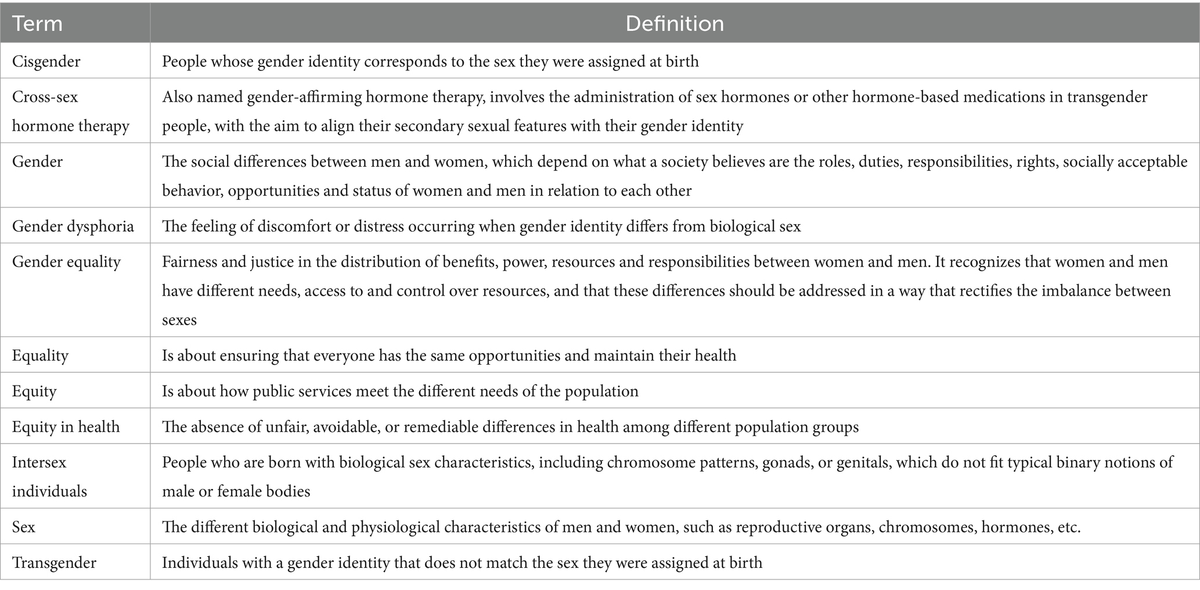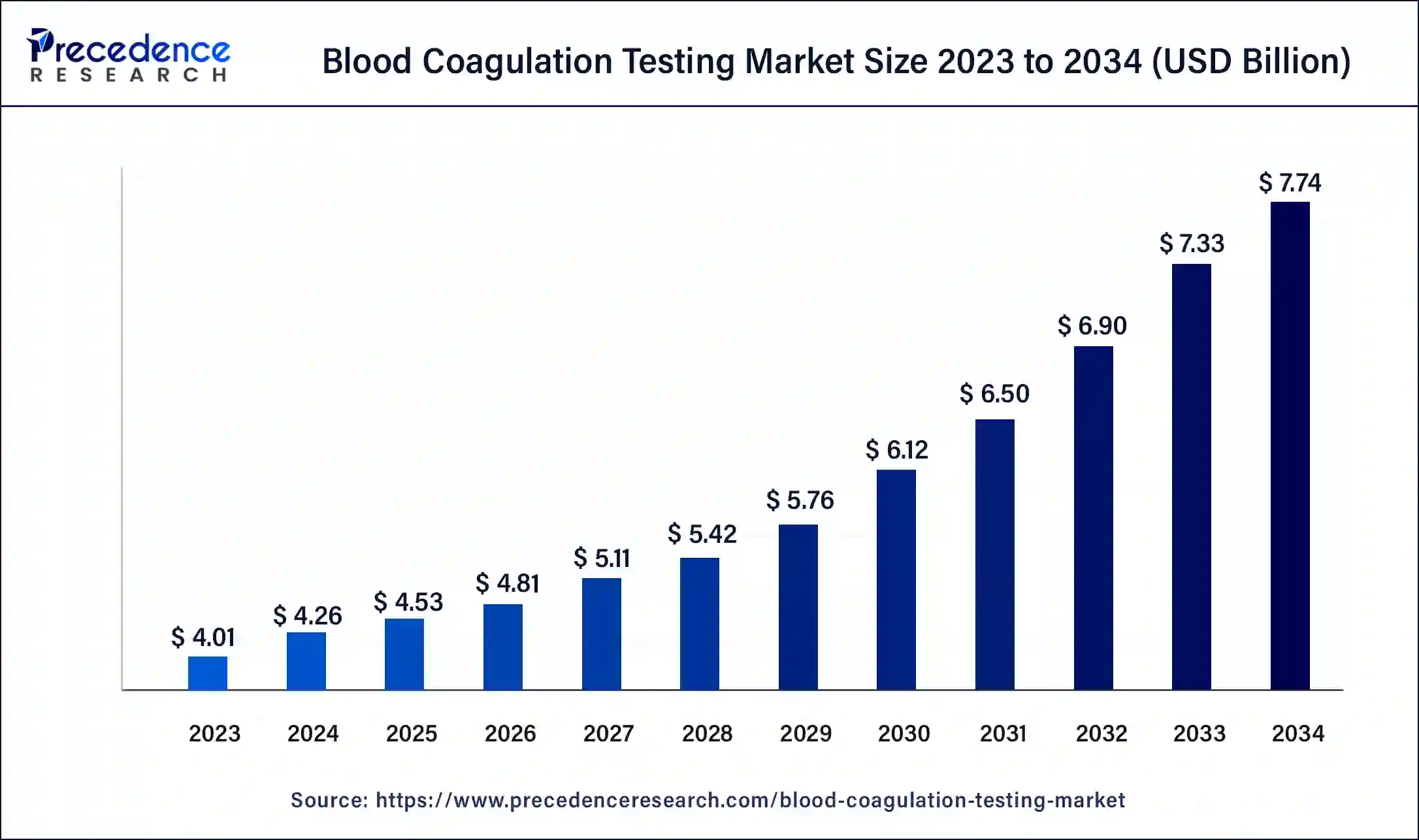UC San Diego Health First to Offer Novel Gene Therapy for Hemophilia B


Anette von Drygalski, MD, PharmD, is the director of the Center for Bleeding and Clotting Disorders at UC San Diego Health. Photo credit: UC San Diego Health
As patients with hemophilia lack clotting factors in the blood, symptoms include prolonged bleeding after injury or surgery, bleeding that starts without cause, nosebleeds, large bruises and blood in the urine or stool. Long-term disease impacts can include joint and muscle damage causing pain or restricted mobility, as well as brain bleeds that can lead to seizures, paralysis and blindness.
In May, the Center for Bleeding and Clotting Disorders at UC San Diego Health conducted the first patient infusion of the gene therapy in partnership with the infusion therapy and pharmacy teams.
The novel treatment involves a one-time infusion of an advanced gene therapy medicine, Hemgenix, which contains a modified virus capable of carrying and unloading a functional copy of the factor IX gene to the liver cells. After delivery of the functional copy, replication begins outside the cells leading to increased production of the factor IX protein. Post-infusion, the body begins clotting normally, leading to a reduction in bleedings.
Since the infusion in May 2024, the patient no longer requires treatment at home and is doing well after years of living with bleeding and joint pain.
Currently, the standard treatment for hemophilia B involves replacing the missing blood clotting factor by infusing a commercially prepared clotting factor concentrate. Patients are taught how to self-administer intravenously. While the frequency of required at-home infusions depends on patient health and lifestyle factors, the average patient treats themselves 150 times per year or every two to three days.
“It is incredibly rewarding to see just how life changing this treatment can be for patients who have gone through home infusions, joint pain and bleeding for years,” said von Drygalski. “This gene therapy is a truly groundbreaking step forward in quality of life for our patients.”
UC San Diego Health was the trial site for Phase I, II and III clinical trials. The results are aligned with previous exploratory international studies showing elevated levels of clotting factors in patient blood up to five years after infusion. Some trial participants experienced mild side effects, such as chills or fever, and 17% of patients required steroid treatment for abnormal liver function tests.
According to the National Institutes of Health, the life expectancy of people with severe hemophilia in the 1950s and 1960s, before the development of factor concentrates, was only 11 years. Despite that breakthrough, many patients continued to face significant health threats through the 1980s and 1990s due to contamination of clotting factors by the HIV and hepatitis viruses.
Today, life expectancy is equal to the general population, although many patients continue to struggle with chronic joint paint and damage from internal bleeding, as well as reduced lifestyle options and mental health concerns.
UC San Diego Health is currently working to determine eligibility and move forward with treatment for several additional patients. To be eligible, patients must be at least 18 years old, have moderately severe to severe hemophilia B and able to pass liver health and lifestyle screenings.
“UC San Diego Health is on the forefront of science and breakthrough treatments for a range of bleeding and clotting disorders, including hemophilia B,” said von Drygalski. “We have extensive experience in clinical trials and bringing together multidisciplinary teams to get leading-edge treatments to the patients that need them the most.”
The Center for Bleeding and Clotting Disorders at UC San Diego Health is the only federally recognized Hemophilia Treatment Center for adults and adolescents in San Diego. The specialized health care center brings together a multidisciplinary team of physicians, nurses and other health professionals to cater to the needs of patients and their families with hemophilia, Von Willebrand disease and other bleeding and thrombotic disorders.
link






